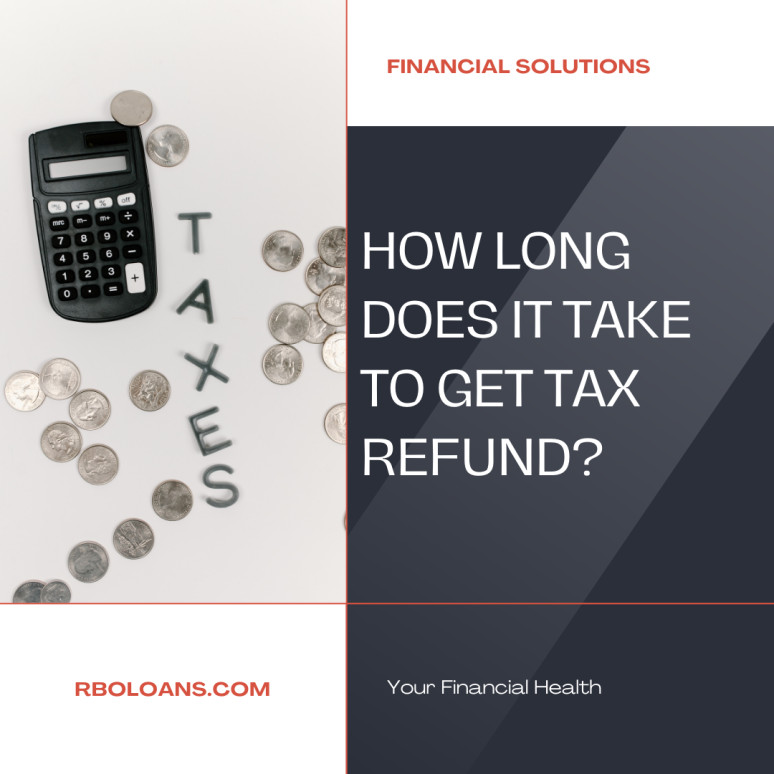How long does it take to get tax refund?

Waiting for your tax refund to hit your bank account can be a lengthy and anxious process. However, there are ways to expedite the process and get your refund sooner. To do this, it's essential to understand the tax refund process, identify potential errors in your approach, and take steps to correct them.
The timeline for receiving your tax refund can vary depending on several factors. If you e-file your tax return, it typically accelerates the process through direct deposit. The Internal Revenue Service (IRS) states that it can issue tax refunds within 21 calendar days after you file.
In fact, approximately nine out of ten e-filers receive their tax refunds in three weeks or less. Conversely, those who file paper returns should expect a more extended processing time, taking up to six to eight weeks.
To expedite your tax refund process, consider these steps:
- E-File with Direct Deposit: E-filing and setting up direct deposit is a preferred method for most taxpayers. It allows you to receive your refund within 10 to 21 days after filing. You can choose to have the IRS deposit your refund into a savings, checking, or retirement account.
- Split Direct Deposit: Another option is to split your refund into multiple accounts, which can include a savings, checking, or even an Individual Retirement Account (IRA). This can be particularly useful for financial planning.
- Tax Refund Anticipation Loan: Some businesses offer tax refund anticipation loans, promising to provide your refund within one or two days. However, these services often come with substantial fees.
- Invest in Savings Bonds: The IRS allows you to use a portion of your refund to purchase Series I savings bonds. These bonds earn fixed and inflation-adjusted interest.
- Paper Check Refund: While paper check refunds are less common, they can take around six weeks to arrive, or about three weeks if you e-filed. You can track the status of your refund check on the IRS website.
- Prepare for Mistakes: Tax returns can be complex, and errors are common. Ensure that your information, such as your address and bank account number, is accurate. If you don't receive your refund within the expected timeframe, correct your address through the IRS website or contact their support. If your refund went to the wrong account, you'll need to resolve it with your bank.
- Refundable Tax Credits: Low or moderate-income earners may qualify for refundable tax credits like the Earned Income Tax Credit (EITC). While these credits can delay your refund slightly, they often result in more substantial refunds.
- Avoid a Tax Refund: Receiving a tax refund might feel like a windfall, but it's typically the result of overpaying taxes throughout the year, providing the government with an interest-free loan. To address this, you can adjust your withholdings using a new W-4 form with your employer. Be cautious not to adjust too much, as under-withholding can lead to tax liabilities.
- Track Your Refund: The IRS provides tools to track your refund's progress 24/7. You can monitor your refund from the moment the IRS receives your return to when it's sent. Planning how to spend your refund wisely is crucial, whether it goes towards everyday expenses or long-term investments. Avoid accumulating debt in anticipation of your refund, as it's money you've earned and not free government funds.
In summary, expediting your tax refund involves e-filing with direct deposit, choosing a split refund option if necessary, being cautious with refund anticipation loans, considering savings bonds, or opting for a paper check. It's essential to correct any mistakes promptly and to consider your financial planning before receiving your refund.



-small.jpg)

